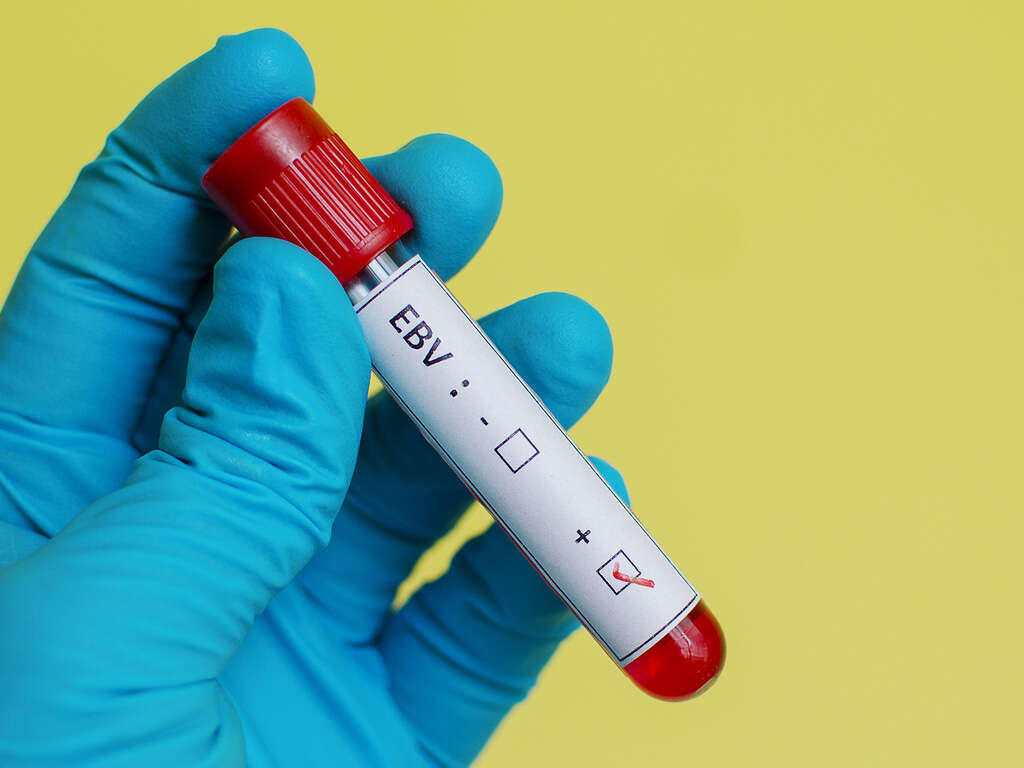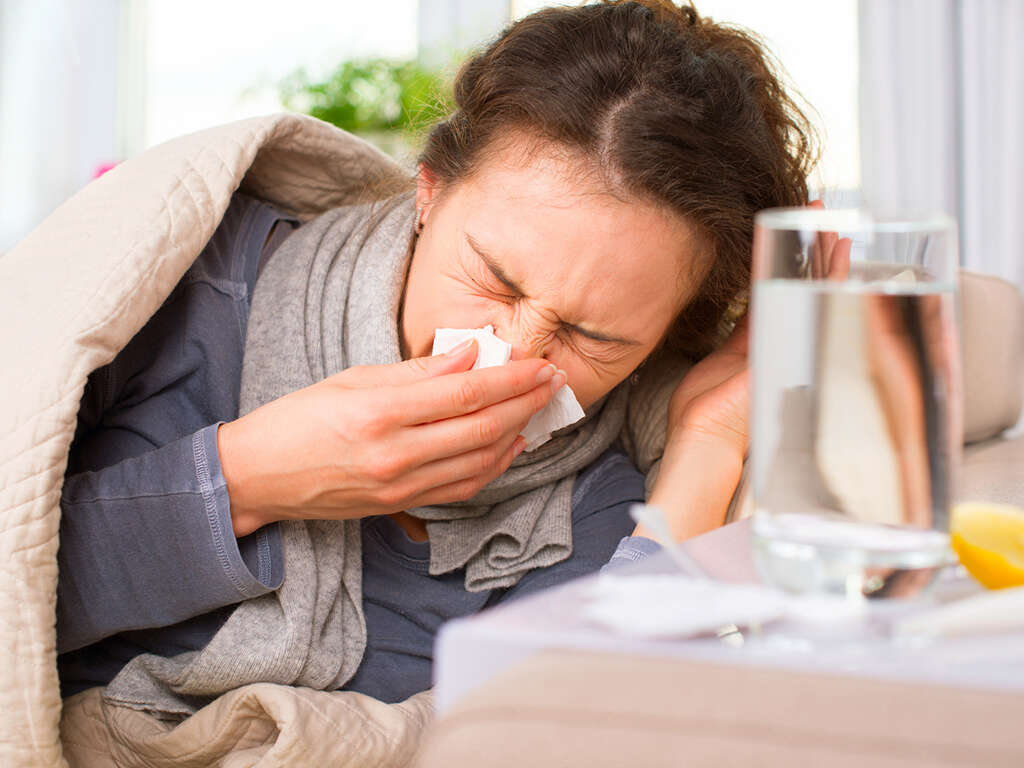What Is Mononucleosis?
It is an unfortunate truth that being around other people is going to increase the likelihood that we fall ill. It is impractical to avoid all contact with other people, however, as we need to be able to perform tasks like going to work and buying our groceries. This makes it almost inevitable that we will get diseases from other people at some point.
Among the most common diseases of all is mononucleosis. It is likely that anybody will catch it at some point so, thankfully, it is rarely a serious condition. It is caused by the Epstein-Barr virus, and it is thought that around 95% of people will catch the virus at some point in their lives, although it does not always cause symptoms.

1. Mononucleosis
Mononucleosis, is a common disease that is also commonly known as the kissing disease. It is also often called mono for short. It is a highly contagious disease and many people are likely to catch it even in developed countries at one point. The good news is that the symptoms are usually only very mild.
There is no cure for mono, but the patient will usually fully recover within a few weeks or so. There is a small possibility of potentially severe complications in a small number of people, however. Here’s a closer look at what the disease is, how it can affect us, and how we can help people to recover from it.

2. Causes
The Epstein-Barr virus is the most common cause of mononucleosis. Some other types of virus can also cause the same symptoms, however. The virus is known also as the kissing disease because it is usually found in saliva, thus kissing is a common method of transmission. It can also be caught when sharing items like cutlery and drinking vessels.
Mononucleosis can be caught by people of all ages, but adolescents are most at risk. Adults are less likely to be affected by the disease because they have already likely been exposed to the virus. This will mean that their immune system is better prepared to protect them from the virus.
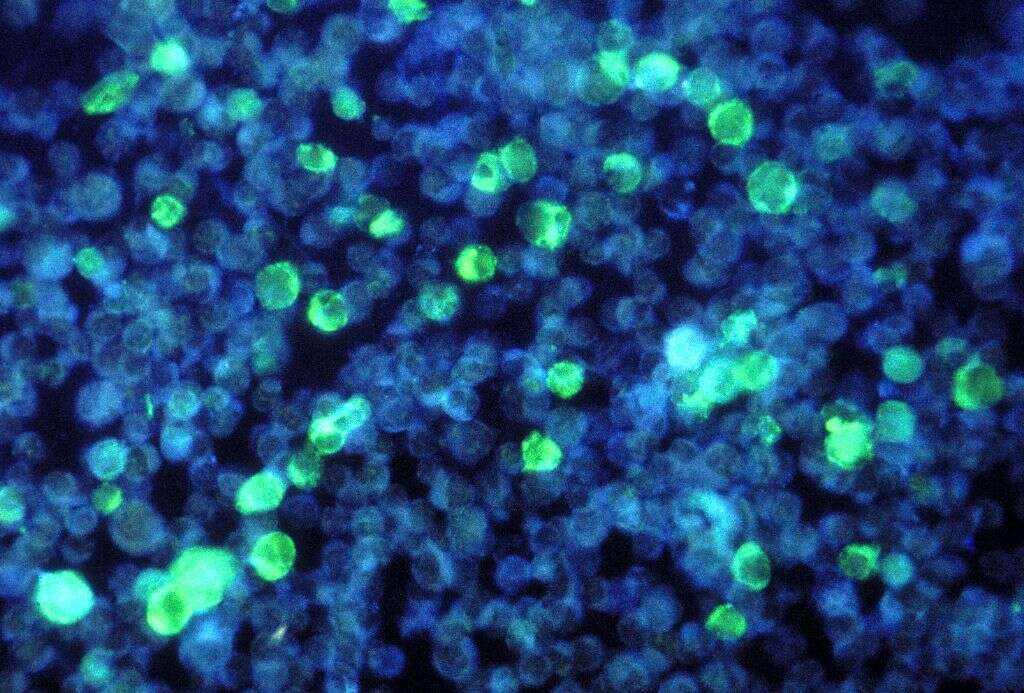
3. Symptoms
As mentioned, the symptoms of mononucleosis are unlikely to cause any real harm, although they can be uncomfortable. One of the most common symptoms of the disease is a sore throat. This will sometimes lead to mono being mis-diagnosed as something else. Other common symptoms include fever and a headache.
Tonsillitis is another potential symptom, while the patient might also have swollen lymph nodes. In some cases, the patient will also develop a rash. The spleen can also become swollen in some cases. Symptoms will usually take between 4-6 weeks to show after infection, but it may be sooner in young children.

4. Ruptured Spleen
As mentioned, mono can cause the patient’s spleen to become enlarged. This is because the spleen is a part of the immune system and, in cases of mono, it will be working harder than usual to help filter the virus from the blood. While a swollen spleen in itself is not a medical emergency, it can lead to something far more severe.
Mononucleosis will sometimes result in the spleen becoming ruptured. This is a very dangerous condition and should be treated as an immediate medical emergency. Symptoms of a ruptured spleen include severe pain in the abdomen area, as well as confusion, blurred vision, light-headedness, and shock.
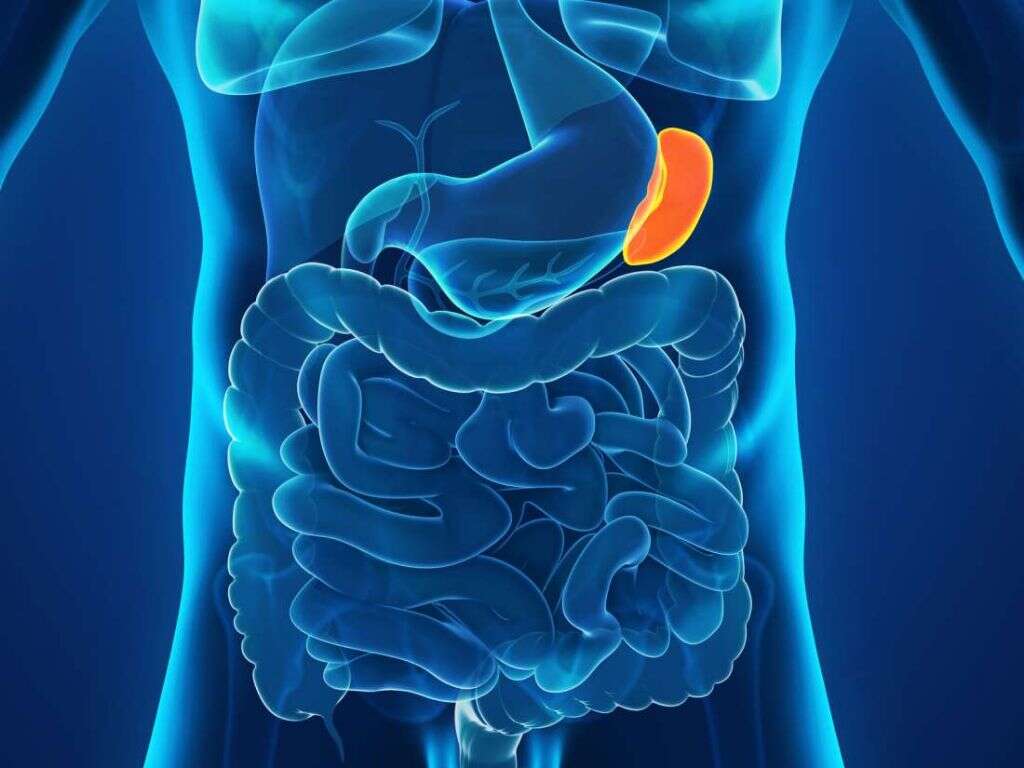
5. Hepatitis
Mono can also cause hepatitis in a small number of cases, which is the medical term for the inflammation of the liver. The severity of the symptoms will vary and it can be dangerous in some cases. The condition can usually be treated, but getting treatment is very important in order to prevent further complications.
Some patients with mono will develop jaundice, which is the yellowing of the eyes and skin. Jaundice is not dangerous in itself, but it is a sign of a problem with the liver that might be very serious. Anybody that develops jaundice with no explanation should arrange to speak with a doctor as soon as possible.
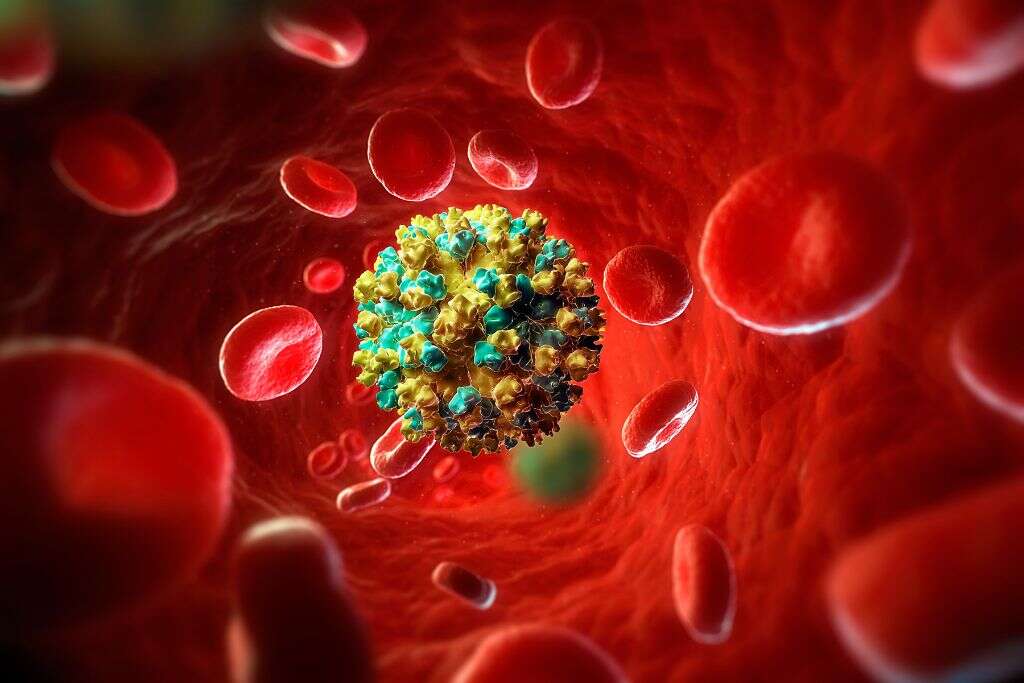
6. Other Complications
In addition to the complications already mentioned, mono can also cause some other potentially severe problems for the patient. One is tonsillitis that becomes severe to the point of preventing the patient from breathing. Anemia is another medical condition the mono will cause in some people.
The disease can also cause a problem that prevents the blood from clotting, potentially leading to excessive blood loss. Other severe conditions like encephalitis and meningitis are also a possibility, although rare. Guillain-Barre syndrome is another potential complication that causes the patient’s nerves to be attacked by their immune system. People with a weakened immune system are more likely to develop serious problems.

7. Who’s At Risk?
As mentioned, adolescents are more likely to catch mono than other people are. It can still infect people of other ages, however. This is partly due to adolescents being of an age where they are going to have physical relationships with other people. Thus, saliva is more likely to be shared through kissing.
People will also be at a higher risk of developing serious problems from mono if they have a weakened immune system. This can be caused by other disease like HIV/AIDS. It can also be caused by medication that is used to help weaken the immune system. This is often the case in people that have recently had organ transplants to help prevent the new organ from being rejected.

8. Prevention
One way to avoid catching mono is to avoid kissing other people, but this is not always practical. However, we can at least try and avoid kissing other people that are clearly not well. We can also take precautions by avoiding other ways in which a person’s saliva might infect us.
This tends to mean avoiding sharing food with other people. Also make sure to avoid sharing cutlery, crockery, and drinking vessels, or at least make sure such items are thoroughly washed in between uses. If you are ill yourself, then you should try and take precautions that will help prevent other people from becoming infected.

9. Diagnosis
In many cases, your doctor will be able to diagnose mono from a physical exam. In particular they are likely to look for swollen lymph nodes, and other symptoms such as swollen tonsils. The symptoms of mono are not usually serious and it is not usually considered necessary to investigate further.
In some cases, however, it might be deemed necessary to confirm the diagnosis. In which case, blood samples are likely to be taken so they can then be sent to a laboratory for analysis. A monospot is another test that can be used specifically for mono, but it might miss the disease in the first week after infection.
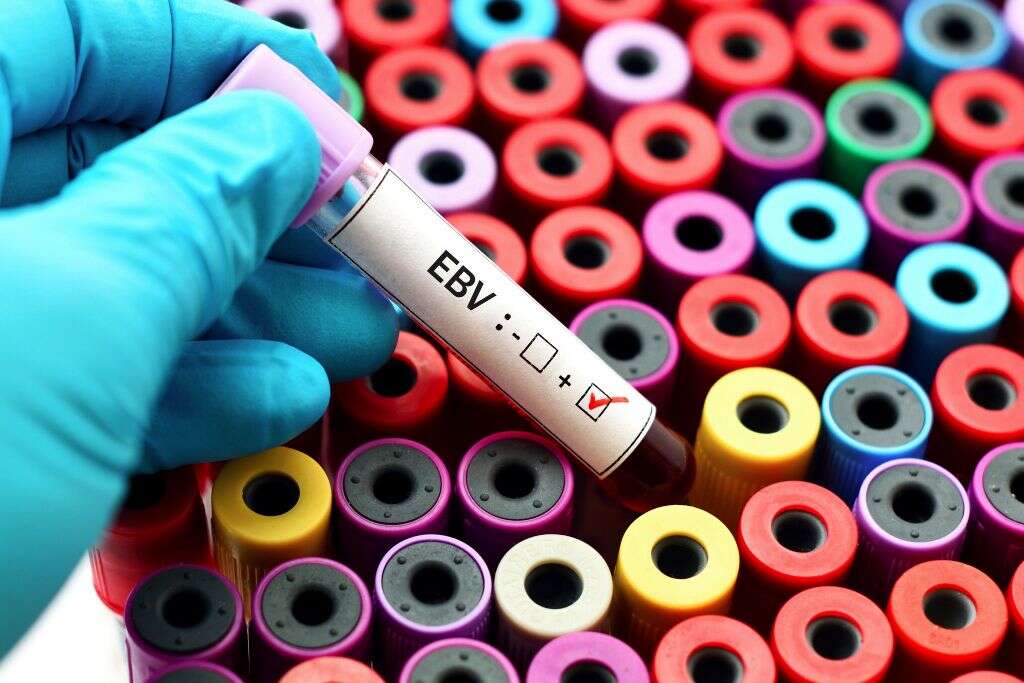
10. Treatment
There is no known cure for mononucleosis. However, the patient’s immune system will be enough to overcome the disease in the vast majority off cases. People with the disease will usually be asked to rest up and make sure that they drink plenty of fluids. The patient may be given medication that will help to treat their symptoms.
It is not uncommon for patients to have secondary infections such as strep throat. In which case, the patient will be given antibiotics to help fight off the bacteria. While treating mono is usually fairly straightforward, the patient should seek further medical advice if the symptoms are not clearing up and/or if they are worsening.




